
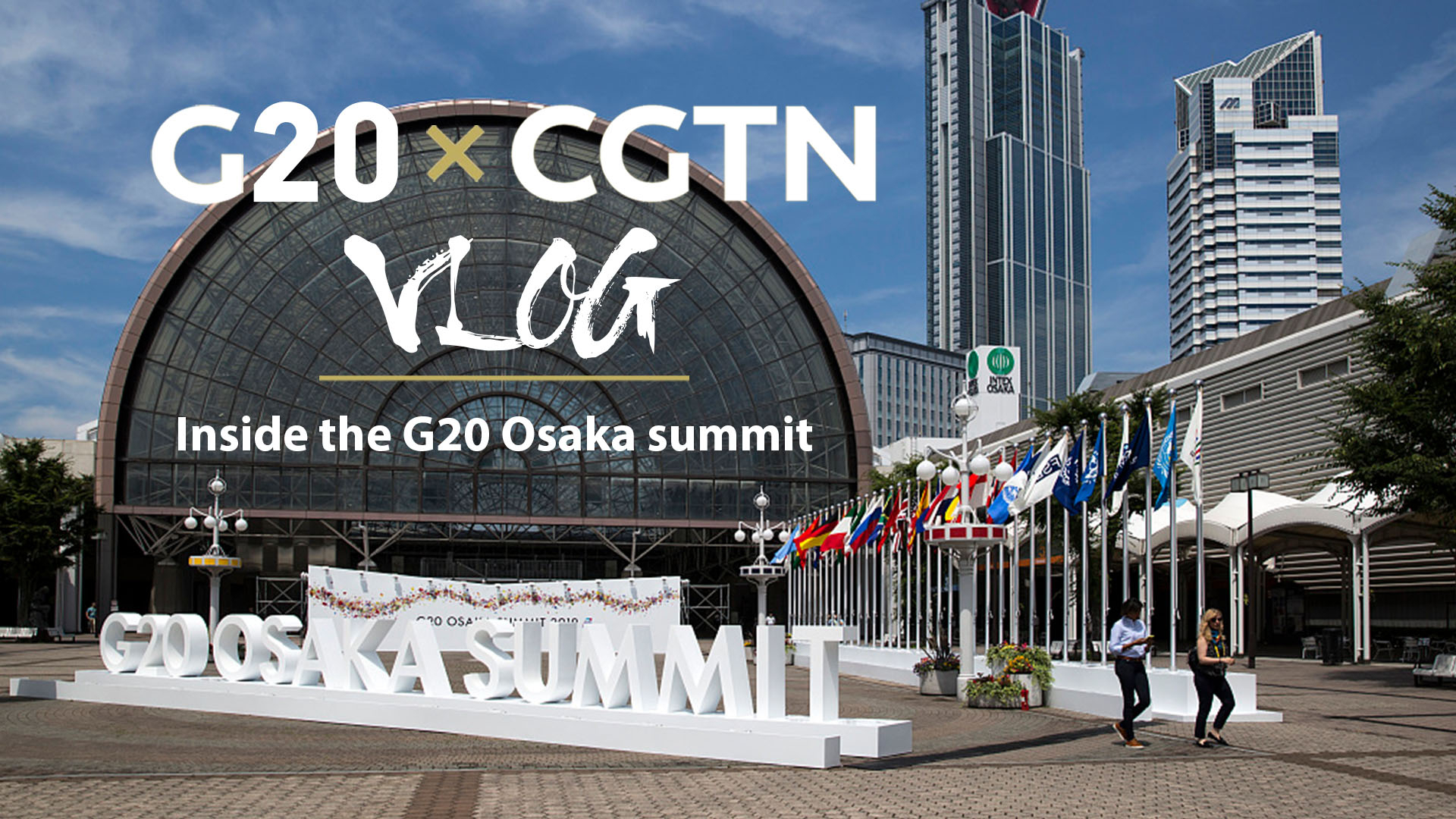
Since 2008, leaders from the world's largest and fastest-growing economies have met annually for the Group of Twenty (G20) summit. What started as an emergency council amid the global financial crisis has expanded into a premier global gathering of heads of government or state, with executives of key international organizations as guests.
Despite numerous challenges and volatility, G20 countries continue to support cooperation on fronts ranging from the global economy and climate change to anti-terrorism and women’s employment.
CGTN headed to the International Exhibition Center in Japan’s Osaka, venue for the 2019 G20 summit, for the inside story.
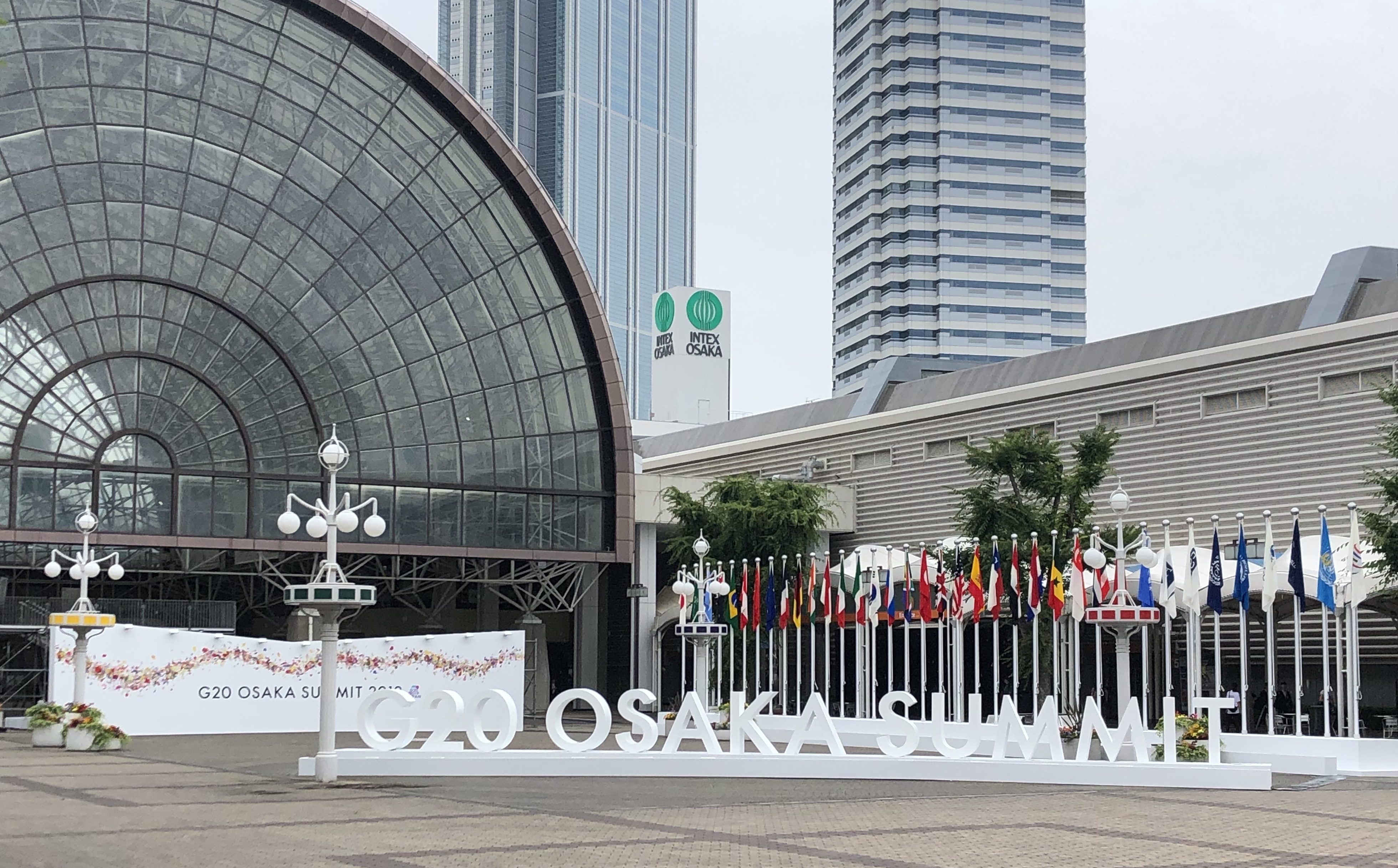
Signage for the G20 Summit is displayed at the Intex Osaka, the venue for the 2019 summit in Osaka, Japan, June 27, 2019. / CGTN Photo
Views that matter
The world economy, trade and multilateralism were high on G20 Osaka summit’s agenda. Speaking on the first day of the meeting, Japanese Prime Minister Shinzo Abe urged G20 leaders to deliver a strong message to support free and fair trade.
Apart from world leaders and the global press corps, the summit also attracts an array of international experts who come to advise, observe and learn.
Naoyuki Yoshino, dean of the Asian Development Bank Institute and professor emeritus at Keio University in Tokyo, warned that the current global tensions had more complex ingredients than just the system.
"Multilateral trading is not the entire picture of global issues," noted Yoshino. "I think everyone has to discuss how exchange rates should be determined, and are they market-oriented?”
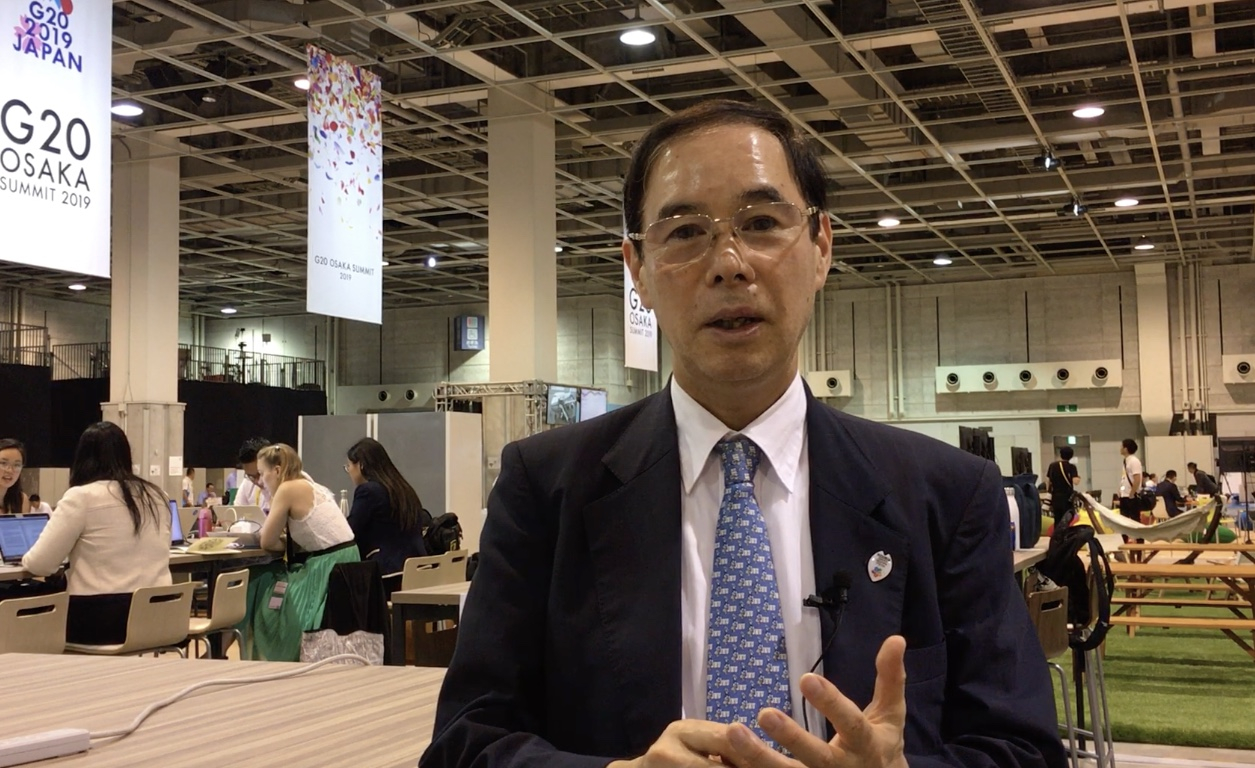
Naoyuki Yoshino, dean of the Asian Development Bank Institute and professor emeritus at Keio University in Tokyo, talks to CGTN during the G20 annual summit in Osaka, Japan. / CGTN Photo
John J. Kirton, director and founder of the G20 Research Group and co-director of the BRICS Research Group, stressed the significant role BRICS countries could play in supporting the Osaka agenda.
"There are voices at both BRICS and the G20 that can really make a consensus in favor of an open, rules-based multilateral trade system fit for the future," said Kirton.
Definitely, the G20 is now about much more than just economy. According to Kirton, the G20 has broadened its agenda from strong focus on “hardcore economic subjects” to more diverse fields.
“Now of course it’s expanded to climate change, to human health, to digitalization and to aging populations, a growing concern of many in the world,” added Kirton.
More: View from Osaka: Trade, digital and plastic catch G20 experts' eyes
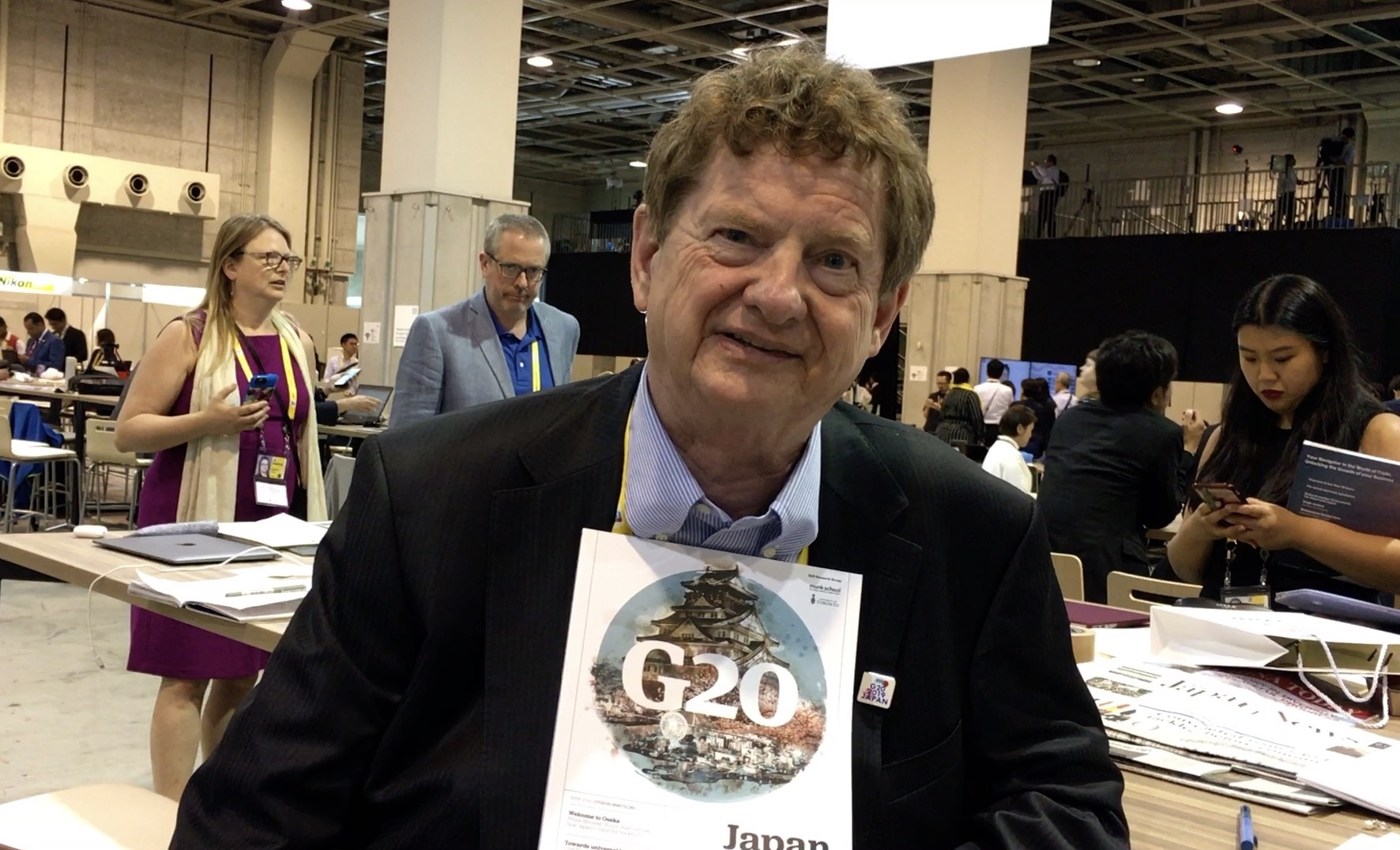
John J. Kirton, director and founder of the G20 Research Group and co-director of the BRICS Research Group, talks to CGTN during the 2019 G20 annual summit in Osaka, Japan. / CGTN Photo
Thoughts of youngsters
In the International Media Center, some younger participants also expressed their ideas on the relevance of the G20 agenda in 2019.
Angela, a 21-year-old media researcher under the G20 Research Group, said climate change and protection of the environment are the subjects that concern her most.
“I am also a little bit disappointed to hear recently that the Japanese host has diluted the language on climate change because of pressure from the American delegation. I'm hoping there is still some language on climate change and protecting the environment,” said Angela.
She argued that the G20 decision-making process on climate change “affects many more populations and countries beyond the permanent membership of this institution.”
Catherine, another researcher with the G20 Research Group, said the issue area she feels most interested in is employment.
She believed young people “need to see the world leaders and their elected representatives’ statements,” adding that “youngsters need to really show that they are engaged in the issues that are pressing to them most, especially someone coming out of university.”
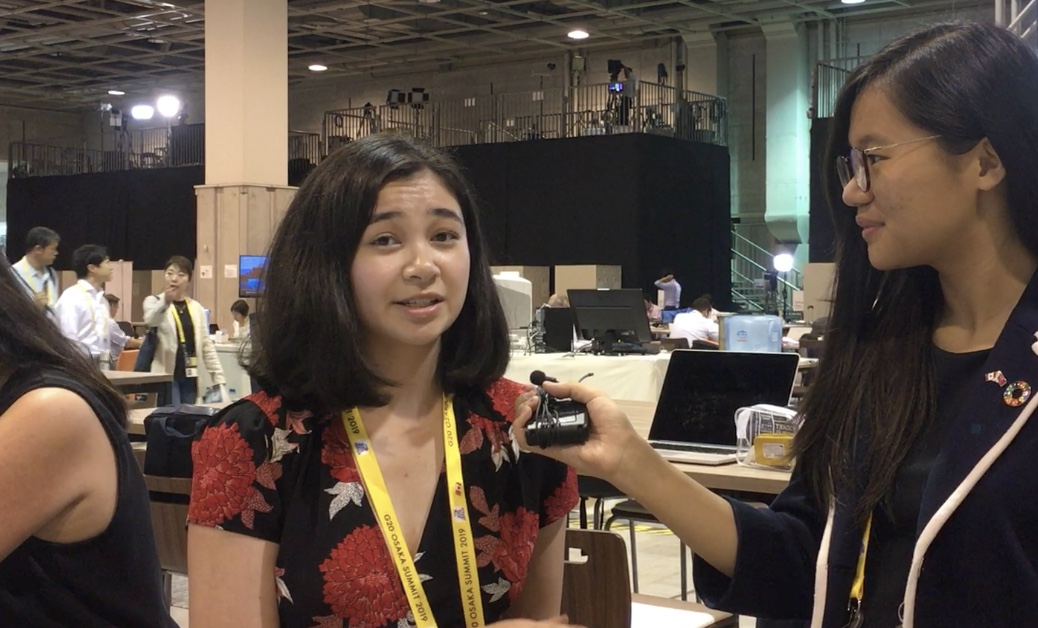
Young researchers under the G20 Research Group Catherine (L) and Angela in the G20 media center, Osaka, Japan. / CGTN Photo
Innovation drives economic growth
Innovation is a pivotal driver of economic growth that benefits consumers, businesses and the economy as a whole.
During this year’s summit, host Japan displayed some of its newest innovations as part of its bid to promote the social application of technologies in achieving "Society 5.0."
Combined with artificial intelligence (AI), the Internet of Things (IoT), big data and space technologies, new products including robotic hands, snow beauty mirrors and see-through translation counters went on display at the exhibition center.
A machine for removing debris from space was also showcased at the exhibition. With an increasing number of active satellites orbiting the Earth, space debris has become a growing concern for the aerospace community. A space debris removal service is due to launch in 2020, aiming to help secure long-term orbital sustainability.
Japanese Foreign Minister Taro Kono visited the exhibition and was all smiles as he tried out the innovative products.
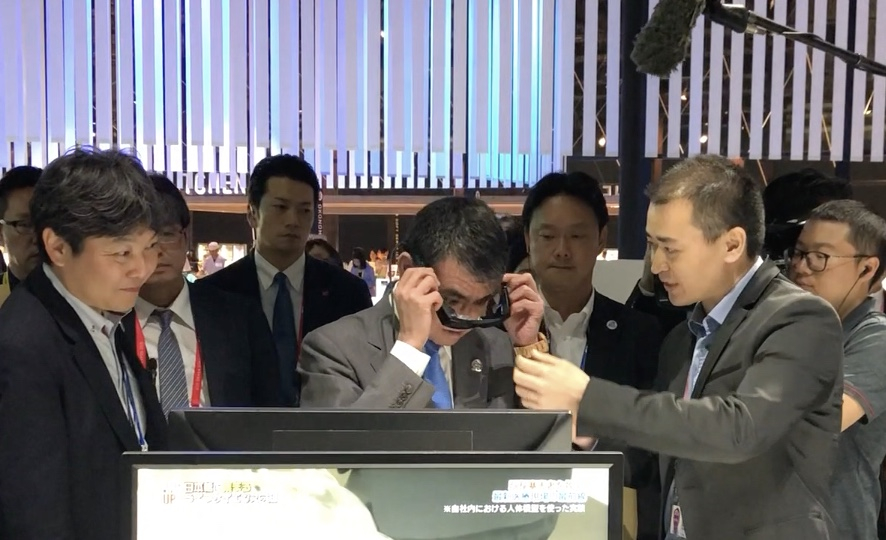
Japanese Foreign Minister Taro Kono visits the technology show at the International Exhibition Center in Osaka, Japan, June 27, 2019. / CGTN Photo
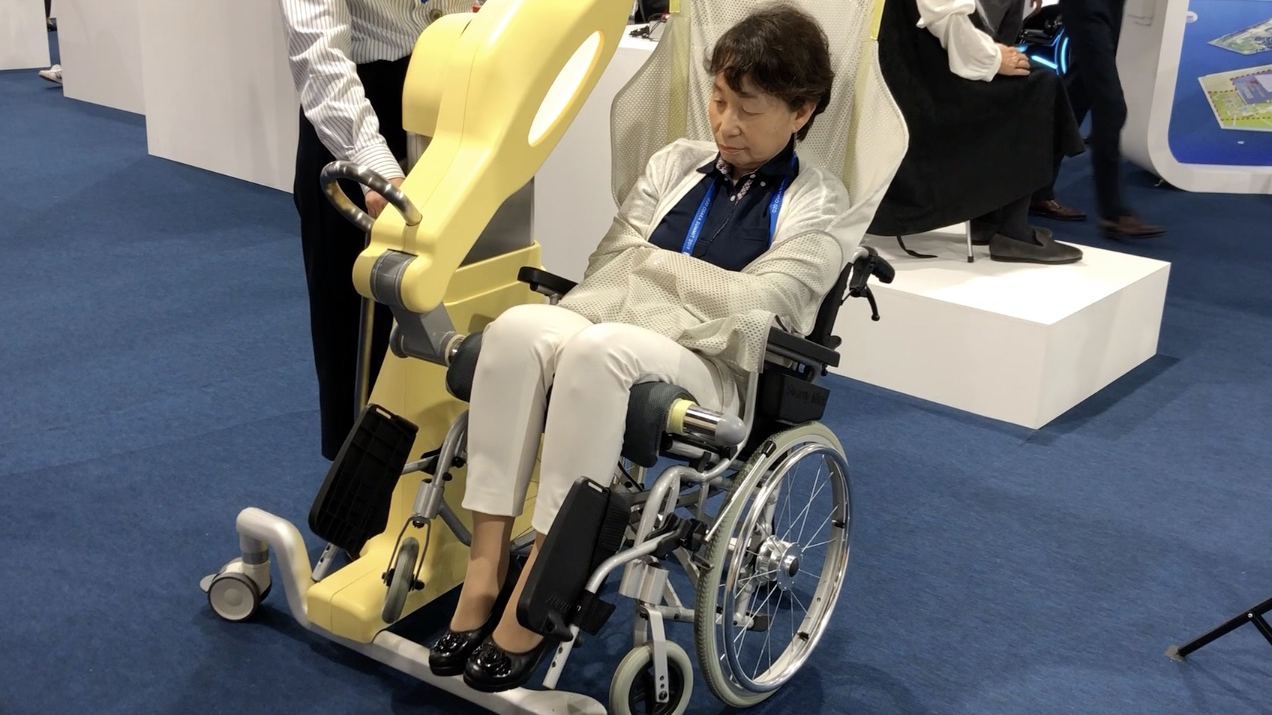
An innovative product shown in the G20 technology exhibition in Osaka, Japan, can help carry the elderly. / CGTN Photo
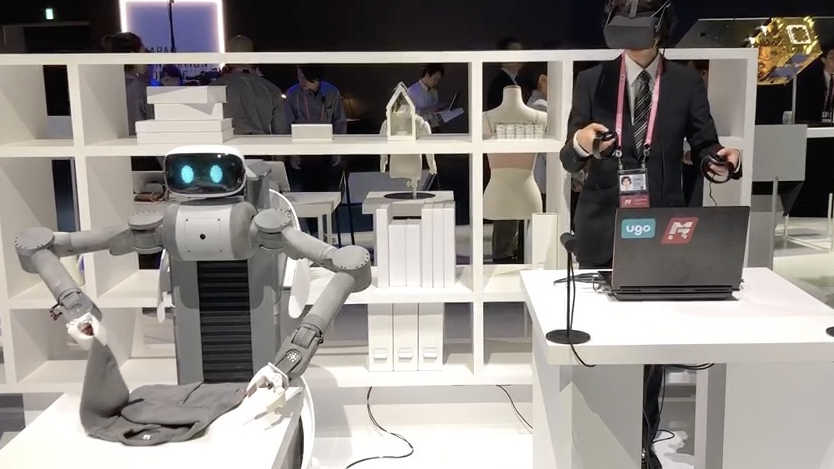
A robot displayed at the G20 technology exhibition in Osaka, Japan, can assist elders and disabled people with household chores. / CGTN Photo
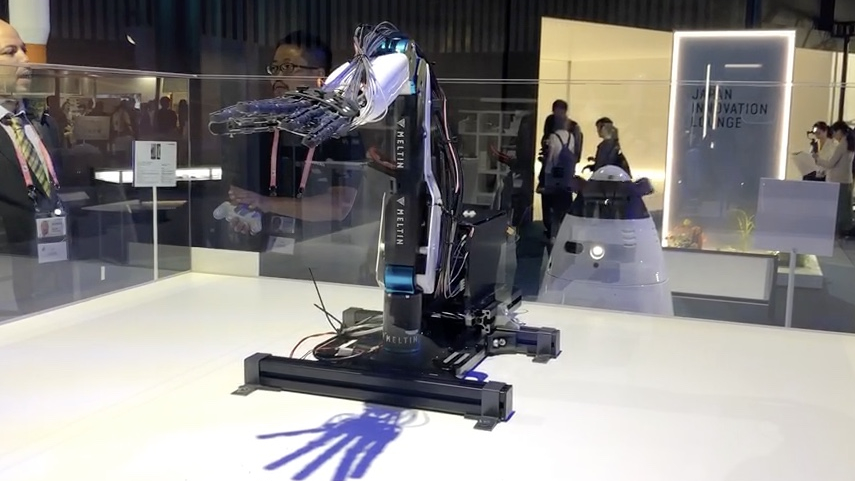
A robot hand is displayed in the G20 technology exhibition in Osaka, Japan. / CGTN Photo
More than a talkfest
After intensive meetings and discussions, the 14th G20 summit concluded Saturday with the release of the G20 Osaka Leaders' Declaration.
This year’s summit, quite a bit more than just a talkfest, set the stage for world leaders to conduct in-depth exchanges of views and put forward policy-oriented solutions.
Leading economies' leaders agreed to reaffirm their commitment to “use all policy tools to achieve strong, sustainable, balanced and inclusive growth, and safeguard against downside risks, by stepping up our dialogue and actions to enhance confidence," reads the declaration.
Although several pressing global issues, the world economy in particular, still need to be resolved, there is good reason to believe the Osaka summit will surely make a difference.
Field producer: Dang Zheng
Story writing: Liu Yuyao
Video editing: Wang Baozhu, Chen Shuxun
Click to see full G20 Vlog collection:
G20 Vlog Ep1: CGTN team off to Japan for G20 Osaka summit
G20 Vlog Ep2: Toshodaiji Temple, a connection between Chinese and Japanese culture
G20 Vlog Ep3: Kobe Chinese School sows cultural seeds in Japan
G20 Vlog Ep4: Why did Japan pick Osaka to host its first-ever G20 summit?

Copyright © 2018 CGTN. Beijing ICP prepared NO.16065310-3
Copyright © 2018 CGTN. Beijing ICP prepared NO.16065310-3